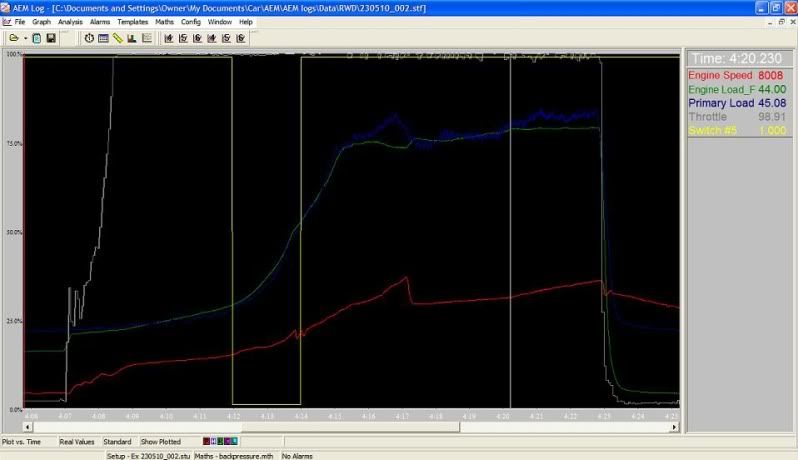IMO the new F1 2014 turbo engines will off set the back pressure issues the 1945 Wright engine had.Tommy Cookers wrote:@ ringo
all our 'turbo' experience has been without backpressure
assuming we haven't needed to lower the CR, this gives a relatively small amount of free power (for supercharging or compounding)
this was the basis of the world's only significant turbocompounding programme, giving on average less than 10% free power
and it would give a similar result in 2014 F1 ?
higher exhaust pressure (ie a substantial backpressure) loses crankshaft power but allows corresponding increase in recovered power
because the usual (necessary evil) large pressure/KE losses around the exhaust valve are reduced by backpressure
NACA tests showed a much larger gain in bsfc from this (15-20% better than the engine in turbocharged form)
so for 2014, backpressure is no longer a bad thing ?
and promises more combined power
if/when there is a correspondingly larger recovery system
1) Increased compression ratio. IMO it will be around 13:1 This higher compression number will be because of DI.
High compression helps with the "isentropic expansion" starting earlier with a higher pressure then ending with a lower pressure number as the piston gets closer to BDC. This is the same reason high compression engines are more efficient. More energy is used to push the piston down the bore and less energy dumped out the exhaust.
Today's example would be when all out small CI race engines are running a ton of boost and they then choose to go to Methanol over petrol so they can run a higher compression ratio, they record lower back pressure from the increased compression ratio number.
2) Higher "engine delta p" F1 engineers will run leaner A/F ratios with the help of DI again (high boost levels) and a larger turbine then normal to offset MGUH load and all the while keep more wiggle room to keep a great engine delta p numbers.
Example: This is a good friends 2.0L that makes around 1000 HP running a turbo compound system. It uses the small turbo to make boost at lower rpm, and then when max flow from the small turbo is reach large waste gates open and start bypassing the small turbo turbine and feeding the large turbo, while maintaining the small turbo's turbine's perfect PR.

Yellow line is the trans break
Red line rpm
Blue back pressure in psi
Green intake pressure in psi



